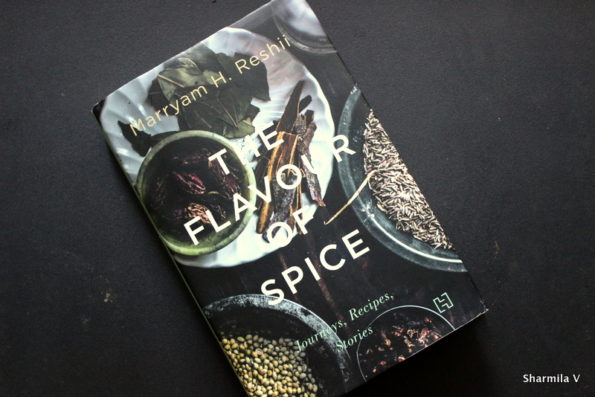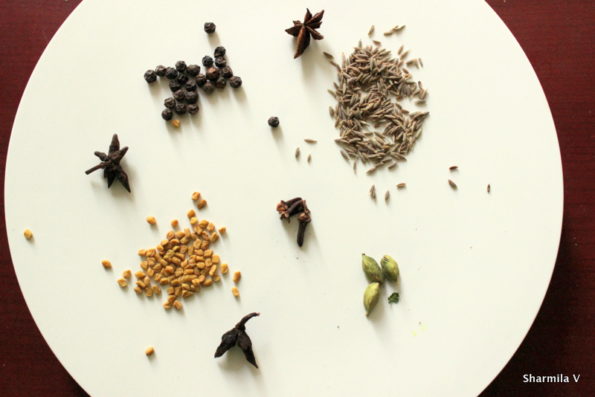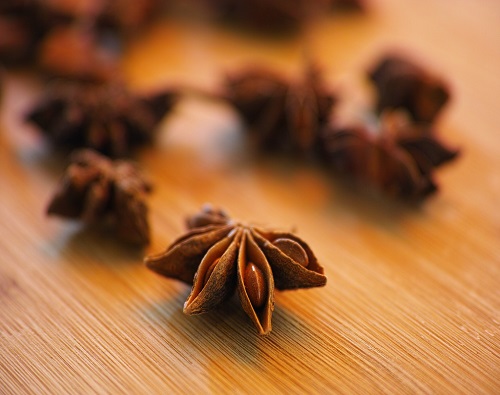The story of spices
In the movie “Today’s Special” Naseeruddin Shah is a taxi driver, a storyteller with interesting life experiences and an expert in Indian food. He carries a bowl which he uses to mix spices and does so effortlessly- without measurements, without recipe cards and for that matter without a worry in the world. The spice mix, he claims sets the tone for the meal.
This is not the most popular spice reference that you will find in the movies, but it highlights our attitude towards spices. They are the magic potions which bring our food to life. We watch them sizzle in oil and breathe into their warmth. We take pride in showcasing our prowess in using them and being tolerant of quantities others might find a bit unsettling. But this leaves out so much of what spices are. They are agricultural products of intensive labour. They have helped shape cultures and communities. Historically people have embarked on long unknown voyages, conquered and killed for them- all the elements of an epic love story!
If you think spices deserve a better narrative, then you must pick up a copy of Marryam H. Reshii’s latest book “The Flavor Of Spice“. Reshii has been writing about food for the past three decades. She is a food critic and has contributed to the Times Food Guide for Delhi. You can read here reviews here at Whatshot.in. She is also the author of Celebrated Chefs of India and Eating Out in India: 101 Favourite Restaurants among other books that celebrate food.
As we engage more and more in conversations that highlight our food sources, a book that takes a deep dive into the world of spices becomes important for this dialogue. Understanding spices not just for their culinary benefits but also looking at them through the lens of culture, agriculture, origins and history, this book gives spices the podium they deserve. Over a phone call, I spoke to Reshii about the writing process for this book and how spices are such a big part of our lives.
“If someone had told me to keep on writing about spices for the next ten years, I would be completely immersed. It is a vast subject, after all,” said Reshii when I asked her how difficult it was packing so much information into this book. Reshii takes us on a journey as she talks to homemakers, spice traders, scientists, farmers and chefs. She travels across the country, sometimes even outside the country exploring spices and their origins. “I travelled to almost all the states where spices are grown. I travelled to Sikkim where black cardamom is grown, Kerala for black pepper and green cardamom. Coorg, again for black pepper. In the uplands of Kerala, pepper is grown in tandem with green cardamom. In Coorg its grown with coffee. All these things make a lovely compelling picture. There are also variations to how spices are ground in different parts of the country and the instruments they use for grinding. Some states grow a certain spice but don’t use it in their cuisine- at all. There are so many questions, and I have tried to answer some of them through this book. For me it was really about where do I start and where do I stop.”

But the book is so much more than a travelogue, and a spicy one at it. Origins of spices are often based on popular beliefs and a general sense of ownership which has little to do with factual data. After all, spices are the defining factor of Indian food. In her book, Reshii addresses this aspect for every spice. She writes- “Ask a spice seller where the large, carmine chilli at his store comes from and unhesitatingly he’ll reply ‘Kashmir’. Actually it doesn’t, because what is called ‘Kashmiri’ in the market is usually grown from seeds that, at some point, originated in Kashmir, but have been grown for years, if not decades, in Karnataka and Andhra Pradesh.”
“In India, we use so many spices, and we use them so assertively, that when you go to another country, you don’t realize that they also use them in their cooking. Canada, for example, grows a lot of mustard and exports the most. But if you tell that to someone they will not believe you. I have seen many people make the claim that all spices originated in India. I am sorry, but that’s simply not true. They have come to India by happenstance or trade, and we have seen the potential in them and developed our cuisine around them. That is our genius, but even that is a genius. Spices are a big triumph as far coopting is concerned, “ says Reshii.
Taking a deep dive into the wonderful world of spices @reshii on her latest book The Flavour Of Spice Click To TweetWhy is this important? Why should we know where the spices are grown, how they are grown and how they are processed? Because like every other component of our plate, spices require hard work and meticulous processing. It’s easy to overlook this facet because they are used in small quantities. Consider the precious saffron. Reshii writes in her book – “When a blossom is ready, it has to be plucked before sunrise, else the sun would weaken the colouring power of the trumpet-shaped stigmas. This means about six to eight hours of bending over double, every day, for at least two weeks in the year. That’s not the end, though: There’s more labour ahead to make sure that the Crocus sativus transforms from a flower to a spice.”

What is equally fascinating about this book is how it discusses spices in food in their presence and in their absence. Who knew they are significant even when they are not around? Reshii shared a personal story when I brought up this fact. “A very dear friend of mine, who owns restaurants- her brother had passed away. I had gone to her house to help out. When she offered us food, she added apologetically-it won’t be great because it won’t have haldi or spices in it as we are in mourning. That was when I had already started to research the book. As a sign of mourning, some communities wear black, some wear white, but not including spices is something else. Just imagine, if you are on a train journey and you see a group of people eating food that lacks the colour of turmeric, you would think to yourself that they are probably in mourning. The fact that you can tell something about their personal life based on the colour of their food- if that is not an indication of how elemental our spices are, I really don’t know what is.”
In talking about flavours, the book highlights that spices vary in terms of anatomy and taste depending on where they are from. For example, the author compares pepper from Kerala and Coorg and how they vary, in their content of piperine. And if you are wondering which is the best source for asafoetida, it is Kandhari followed by Iranian. So are single origin spices something to look forward to? “I already see posts about spices from a particular farm, and they are exorbitantly priced. These products are often described by subtle nuances present in them. Of course, they are not going to be flooding the markets, but maybe the dialogue about spices will start. Slowly it will become a movement. Probably in the next decade or two.”
The book is also peppered (I really could not help that) with useful tips for effective use of spices while cooking. Did you know that when using nutmeg and mace together, the ideal ratio is six times more nutmeg than mace? Reshii also shares recipes at the end of each chapter highlighting the respective spice. But when it comes to rules she says we have all been passed down enough knowledge from the real experts. “There is a lot of ancient wisdom when it comes to spices. We do things a certain way; nobody knows who did it first, and It kind of works the best. I am not going to override generations and generations of grandmothers and home cooks who have been giving us ways to get the flavour that is central to the spice and the meal.”

Spice mixes, she adds, are family heirlooms and often signature to a particular place. “Take sambhar powder as an example. A sambhar from say Thirunelveli will be so different from a sambhar cooked in a household in Kerala. One might say- well it’s just a little more of one thing over the other. The little bit more is what our life and our identity revolves around. People know it, but they don’t really pay attention to it.”
The Flavour of Spice makes you look at your spice rack in a different light. Saffron is precious, even more so because you realize how difficult it is to grow them. You wonder how much piperine is there in your pepper. You wonder if you are getting mace right when you just throw it in there while cooking, and more than anything you wonder how bleak a world without spices would be. I found this one sentence towards the end of the chapter on cloves which summarises spices the best.
“Today, cloves are one of those spices that represent how much of our history has been shaped by these tiny ingredients, and how far they’ve travelled in time and space to land on our plate.”
For more information visit http://marryamhreshii.com/
Featured Photo by Engin Akyurt from Pexels
You may also like.

